Colony Collapse Disorder: The Mysterious Decline of Honey Bee Colonies
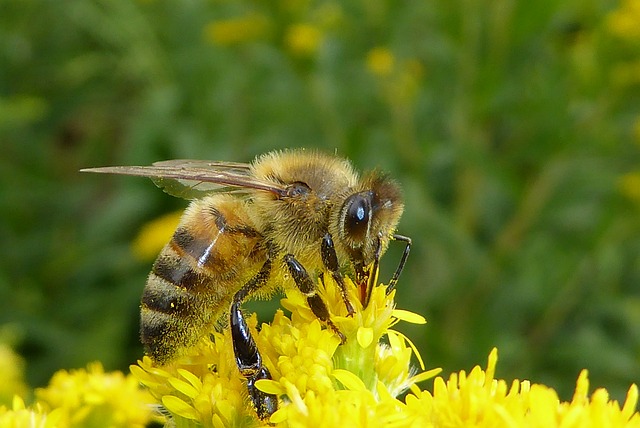
What is Colony Collapse Disorder or CCD?
A name that has been given to a very mysterious problem that has been affecting bees across the world.
This disorder is characterized by the total disappearance of worker bees which leaves other bees in the hive to starve to death.
This situation has gained attention in the media because bees happen to be a very important part of many kinds of agricultural crops.
Currently, no one knows exactly what causes this bee disorder. Many scientists throughout the world are now studying CCD so that they can determine the cause.
Just about everything from viruses to electromagnetic radiation has been speculated as a cause for CCD.
While some scientists think that the disorder could possibly be the result of a combination of different factors, as opposed to one single issue.
The absence of a recognizable cause has many farmers concerned, due to the fact that without bees, most crops will not be pollinated, and when pollination does not occur, crops won't mature correctly.
Unfortunately, missing bees and empty hives around the world seem to be increasing without any obvious reason in spite of the serious efforts of many scientists.
Colony Collapse Disorder Theories
A lot of theories regarding the cause of CDD focus on bacteria, mites, microbes, viruses, fungal infections and parasites.
Beekeepers are very aware that a variety of conditions can cause sickness in bees, and a few of these conditions happen to be linked to the confusion and deaths that describe CCD.
Even so, an individual pathogen has not yet been determined, though scientists in 2007, increased their studies on the "Israeli Acute Paralysis Virus" with the idea of discovering additional answers.
Disrupting Pesticides and Herbicides
Scientists also have explored a variety of drugs including antibiotics that are used in beekeeping, as well as herbicides and pesticides that are used for growing crops.
Neonicotinoid pesticides are already known for having a negative effect on bees, because many farmers spray with this pesticide.
Some herbicides have shown that they can disrupt specific chemical signals that honeybees have and they also can decrease plant diversity.
Beekeeping Methods Researched
Research studies on CCD have indicated that many widespread beekeeping methods could also be connected to this problem.
For instance, quite a few beekeepers relocate their apiaries seasonally because they rent their bees to other farmers.
Sometimes they move their bees because a different climate will enrich their honey.
Since beekeepers could have adopted other procedures during the late part of twentieth century this may also have added to the CCD issue.
Electromagnetic Radiation and GMO Crops
Studies have already been looking into the effects of including cell phone signals have on bees, speculating that it could confuse worker bees and then they are not able to find the right way back to their hive.
Other studies have proposed that the prevalent use of crops that have been genetically modified could also be a significant reason for the problem.
How You Can Help
There are some things that individuals can do to help bees in their community.
Try not to use pesticides and herbicides in your yard, but if you must, spray at night because the bees will be in their hives.
The chemicals that you spray will have time to dissipate a bit overnight.
Next, if you happen to see bees swarming, don't call the exterminator, instead, call a local beekeeper club or beekeeper because they will know how to handle the swarm without killing them.


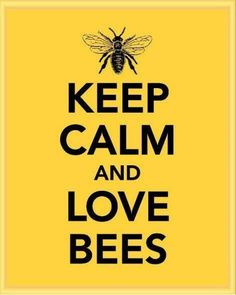

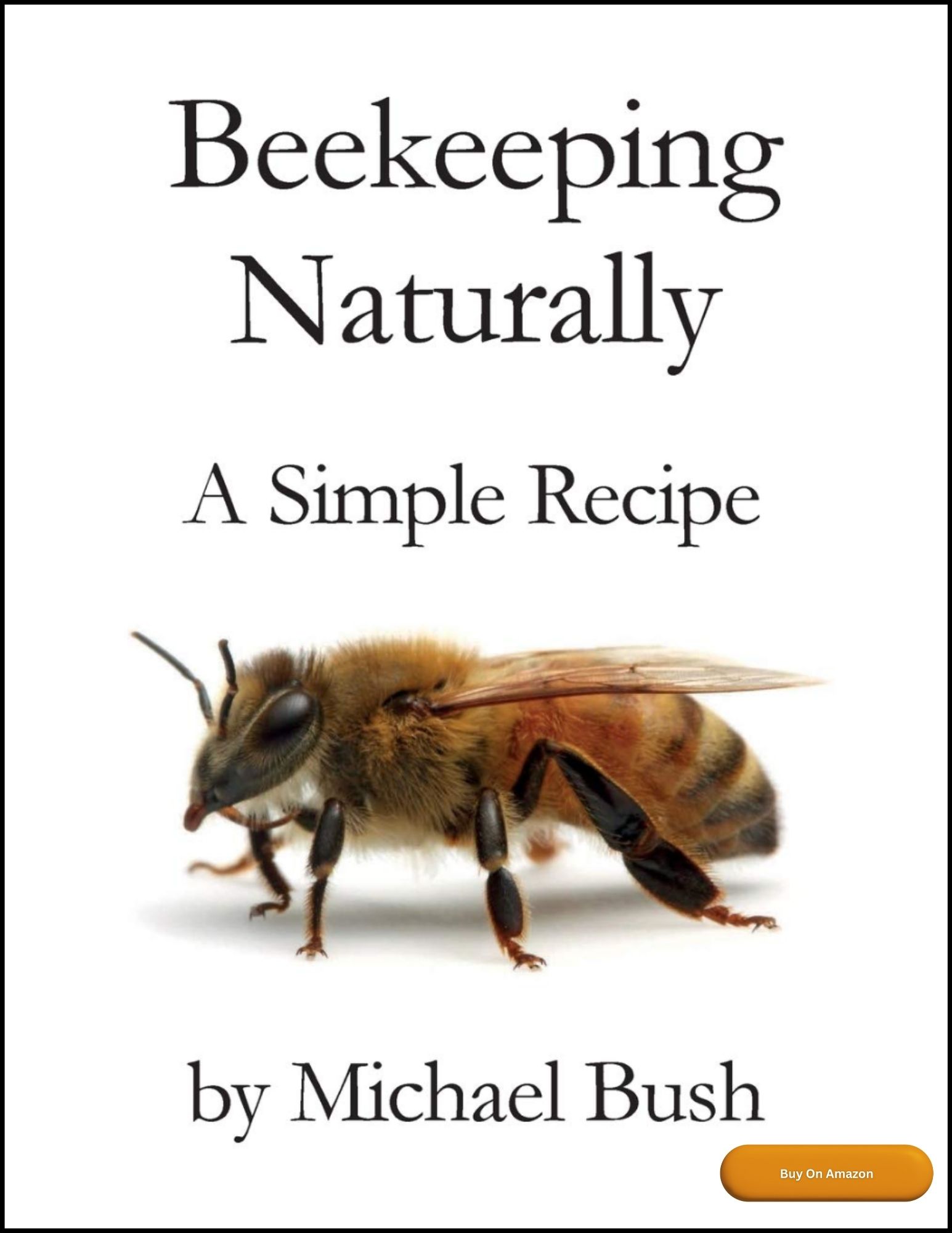
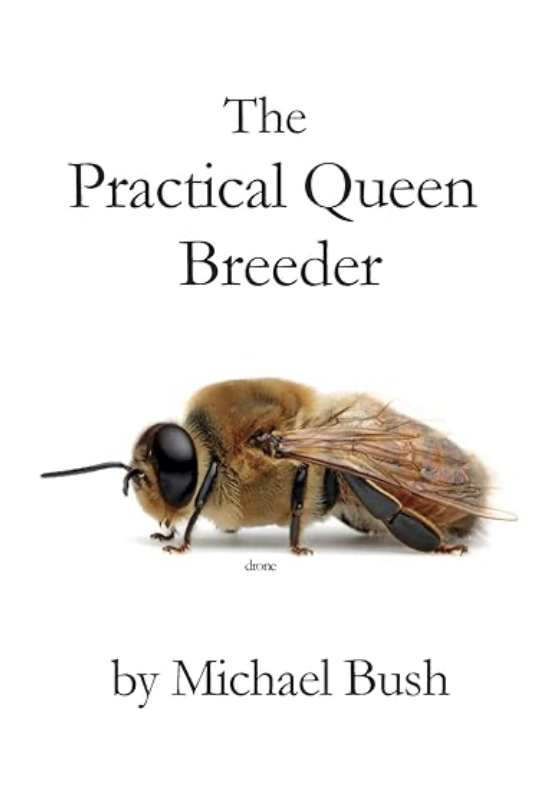

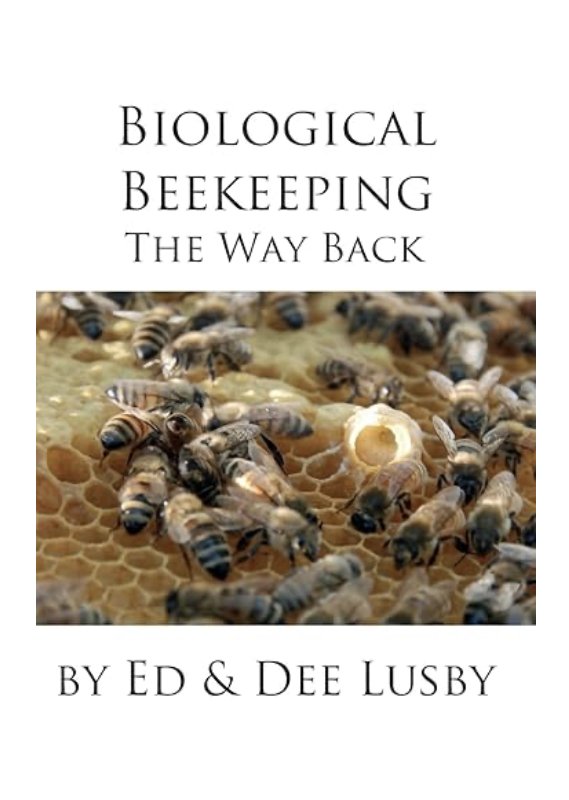

New! Comments
Have your say about what you just read! Leave me a comment in the box below.